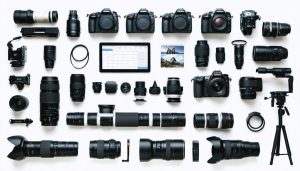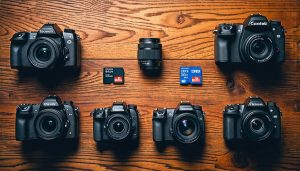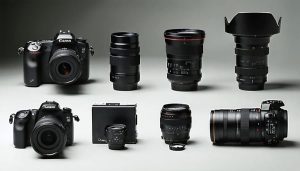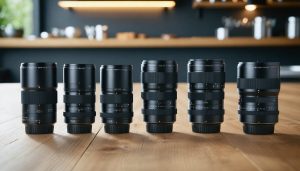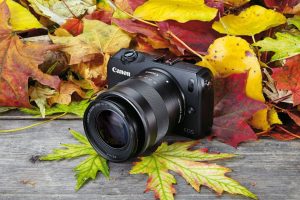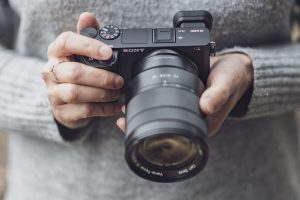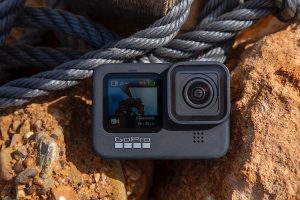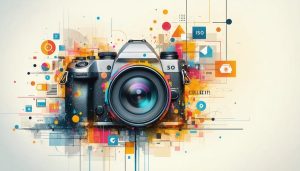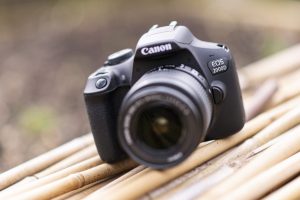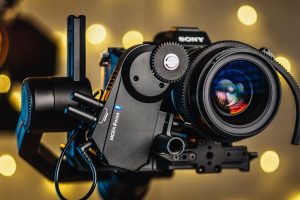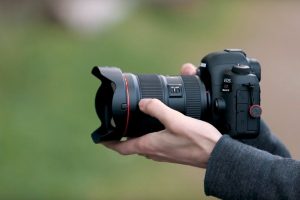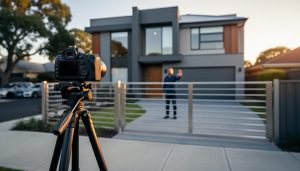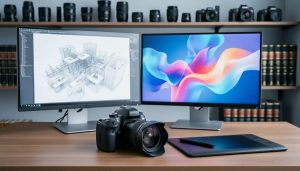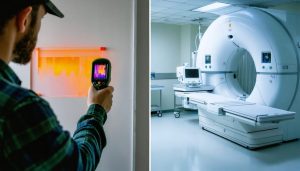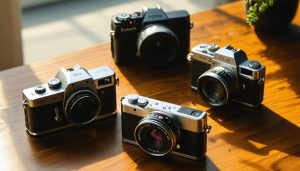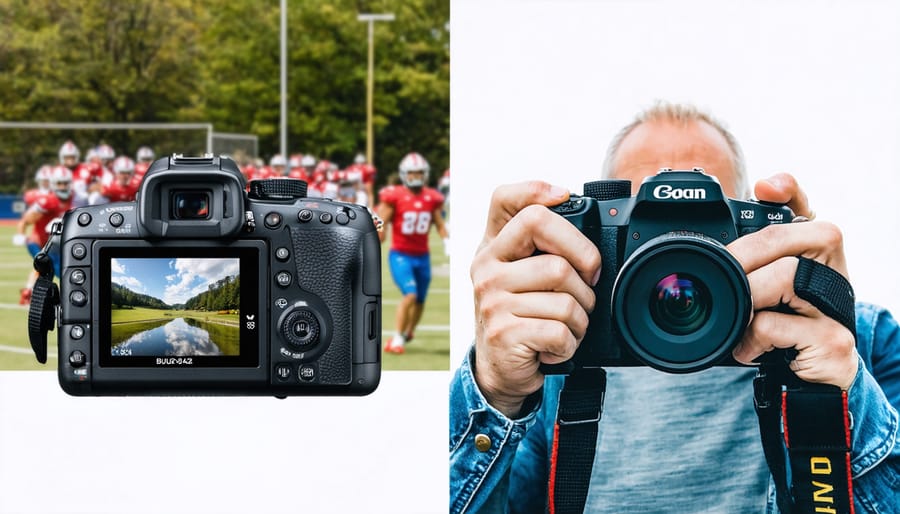
The photography world stands at a pivotal crossroads as mirrorless cameras challenge DSLR’s long-standing dominance. While both systems capture stunning images, understanding the real advantages of mirrorless cameras alongside DSLR’s proven reliability has become crucial for making an informed choice. In real-world shooting, mirrorless systems offer superior electronic viewfinders that show exact exposure preview, compact body designs that reduce fatigue during long shoots, and advanced eye-tracking autofocus that transforms portrait photography. Meanwhile, DSLRs continue to excel with their optical viewfinders, exceptional battery life, and vast selection of affordable lenses.
This hands-on comparison cuts through the marketing hype to examine how these systems perform in various shooting scenarios – from fast-action sports to low-light events. Whether you’re upgrading your current setup or investing in your first professional camera, understanding these key differences will help you choose the system that best matches your shooting style and creative vision. We’ll explore actual image samples, autofocus performance tests, and real-world handling experiences to help you make an informed decision based on practical evidence rather than specifications alone.
Image Quality Face-Off
Sensor Performance
The debate over sensor performance between mirrorless and DSLR cameras has evolved significantly, with latest mirrorless technology advantages challenging traditional beliefs. Modern mirrorless sensors now match or exceed DSLR performance in most scenarios, thanks to advances in electronic architecture and processing capabilities.
Both systems can produce exceptional image quality, but mirrorless cameras often edge ahead in practical applications. The direct sensor readout in mirrorless cameras enables features like real-time exposure preview and more accurate autofocus, while eliminating the micro-adjustment issues that sometimes plague DSLR systems.
Low-light performance, once a clear advantage for DSLRs, has reached parity in current-generation cameras. Modern mirrorless sensors demonstrate impressive dynamic range and noise handling, even at high ISOs. The absence of a mirror mechanism also reduces camera shake, allowing for sharper images at slower shutter speeds.
One notable advantage of mirrorless sensors is their superior read-out speed, enabling faster continuous shooting and better video capabilities. However, this can come at the cost of increased power consumption, as the sensor is constantly active for the electronic viewfinder.
For most photographers, the sensor differences between modern mirrorless and DSLR cameras won’t be the deciding factor – both technologies are capable of producing professional-quality images. The choice often comes down to specific use cases and personal preference rather than pure sensor performance.
Low-Light Capabilities
Low-light photography has traditionally been a key battleground between mirrorless and DSLR cameras, with each system offering distinct advantages. DSLRs have long been celebrated for their excellent low-light performance, thanks to their larger optical viewfinders that allow photographers to compose shots in darker conditions. However, modern mirrorless cameras have made significant strides in this arena.
Mirrorless cameras now feature advanced electronic viewfinders (EVFs) that can actually boost visibility in dark environments, allowing you to see your exposure in real-time. This can be a game-changer when shooting in challenging lighting conditions, as you can precisely gauge exposure before taking the shot. Many newer mirrorless models also offer impressive high-ISO performance that rivals or even surpasses that of DSLRs.
That said, DSLRs still maintain some advantages in low-light autofocus performance. Their phase-detection AF systems, which operate through dedicated sensors, often provide more reliable focus acquisition in dim conditions. However, the gap is narrowing as mirrorless cameras implement improved on-sensor phase-detection systems.
In real-world use, both systems can produce excellent results in low light, but they require different approaches. DSLR users might rely more on experience and their optical viewfinder, while mirrorless photographers can leverage their EVF’s exposure preview and focus assists. Your shooting style and specific needs will ultimately determine which system better suits your low-light photography requirements.

Autofocus and Tracking
Static Subject Performance
When it comes to static subjects, both mirrorless and DSLR cameras excel, but they approach the task differently. DSLRs have long been the go-to choice for studio photography, product shots, and landscapes, thanks to their optical viewfinders providing a true-to-life view of the scene. This traditional approach allows photographers to see exactly what they’re capturing without any digital interpretation.
Mirrorless cameras, however, bring some distinct advantages to static subject photography. The electronic viewfinder (EVF) offers real-time exposure preview, helping photographers nail the exposure before pressing the shutter. You can see exactly how changes to settings like aperture and shutter speed will affect your final image, which is particularly valuable when shooting in challenging lighting conditions.
Both systems deliver exceptional image quality with static subjects, with differences being more about the shooting experience than the final result. Mirrorless cameras typically offer better focus accuracy thanks to their on-sensor phase-detection autofocus systems, which is particularly helpful when shooting at very wide apertures where focus precision is crucial.
One area where mirrorless cameras shine is in silent shooting modes, perfect for museum photography or other quiet environments. DSLRs, with their mechanical mirrors, will always produce some sound, though it’s generally not an issue for static subjects.
Battery life is where DSLRs maintain an advantage, as their optical viewfinders consume minimal power. This makes them reliable choices for long studio sessions or day-long landscape shoots where charging opportunities might be limited. Mirrorless cameras, while improving, still typically require more frequent battery changes due to their constant power draw for the electronic viewfinder and LCD screen.
Moving Subject Tracking
When it comes to tracking moving subjects, both mirrorless and DSLR cameras have made significant strides, though they approach the challenge differently. Mirrorless cameras generally excel in this area thanks to their advanced on-sensor autofocus systems, which provide wider coverage across the frame and more focusing points compared to traditional DSLRs.
Modern mirrorless cameras utilize sophisticated AI-driven algorithms that can recognize and track various subjects, including humans, animals, and vehicles. This technology allows them to maintain focus even when subjects move erratically or change direction suddenly. The real-time feedback through the electronic viewfinder (EVF) lets you see exactly how the camera is tracking your subject, giving you more confidence during action shots.
DSLRs, while still capable, typically rely on dedicated phase-detection AF sensors in their mirror box. While this system is proven and reliable, it usually offers fewer focus points concentrated more towards the center of the frame. However, high-end DSLRs still deliver exceptional performance for sports and wildlife photography, particularly in challenging lighting conditions where some mirrorless cameras might struggle.
One notable advantage of mirrorless systems is their ability to maintain continuous AF during high-speed burst shooting. Many recent models can shoot at 20-30 frames per second while keeping subjects in focus, something that traditional DSLRs can’t match due to their mechanical limitations.
That said, both systems are more than capable of handling moving subjects in most situations. The choice often comes down to specific shooting scenarios and personal preference rather than absolute performance differences.
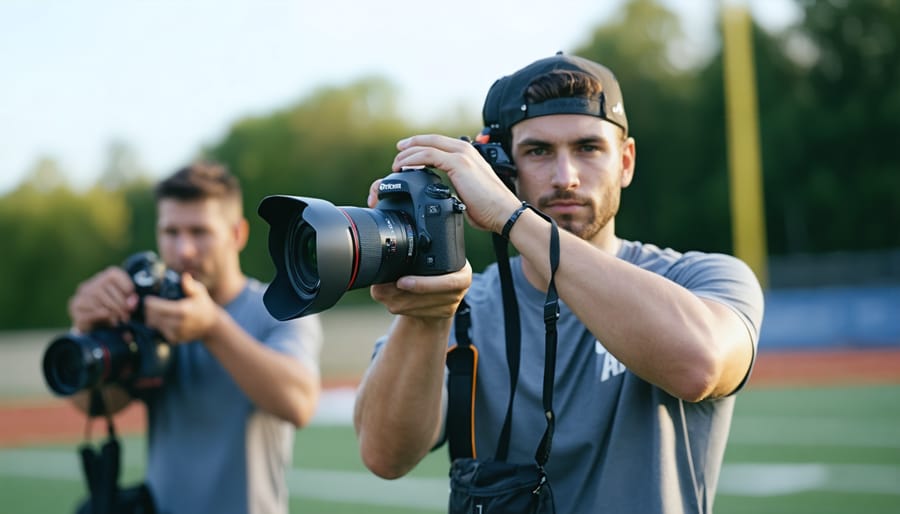
Handling and Ergonomics
Battery Life and Power Management
When it comes to battery life, DSLRs traditionally hold a significant advantage over their mirrorless counterparts. A typical DSLR can capture anywhere from 800 to 2000 shots on a single charge, while most mirrorless cameras average between 300 to 700 shots. This substantial difference stems from the continuous power demands of mirrorless cameras’ electronic viewfinders and LCD screens.
However, these numbers don’t tell the whole story. Real-world usage often yields better results than official ratings suggest, especially for mirrorless cameras. Many photographers report getting significantly more shots per charge than the rated capacity, particularly when using power-saving features effectively.
Modern mirrorless cameras are constantly improving their power efficiency. Manufacturers have introduced various power management features like customizable sleep modes, display brightness adjustments, and ECO settings to extend battery life. Additionally, most mirrorless cameras now support USB charging, making it convenient to top up batteries on the go.
For professional photographers or those planning extended shoots, carrying spare batteries is standard practice regardless of camera type. The compact size of mirrorless batteries means you can easily carry multiple spares without adding significant weight to your bag. Many photographers find this a reasonable trade-off considering the other advantages mirrorless systems offer.
Remember, actual battery performance varies significantly based on factors like shooting style, temperature, and feature usage. Testing your camera’s battery life under your typical shooting conditions will give you the most accurate picture of what to expect.
Size and Weight Considerations
One of the most noticeable differences between mirrorless and DSLR cameras is their physical characteristics. Mirrorless cameras typically offer a significant advantage in both size and weight, mainly due to their simpler internal construction. Without the mirror mechanism and pentaprism found in DSLRs, mirrorless bodies can be considerably more compact – often up to 50% lighter and 30% smaller than their DSLR counterparts.
However, this size advantage isn’t always as straightforward as it seems. While mirrorless bodies are indeed more compact, the overall system size depends largely on your lens collection. Full-frame mirrorless lenses can be just as large as DSLR lenses, and in some cases, even larger to compensate for the shorter flange distance. This is particularly true for professional-grade zoom lenses.
For travel and street photography, the lighter mirrorless systems can make a significant difference in comfort during long shooting sessions. Many photographers find they’re more likely to carry their camera when it’s lighter and more compact. On the flip side, some photographers, especially those with larger hands, prefer the substantial grip and handling of traditional DSLRs, finding them more stable when using heavy lenses.
The weight distribution also differs between the two systems. DSLRs often feel more balanced with larger lenses, while mirrorless cameras might feel somewhat front-heavy with similar glass. This balance factor is worth considering when choosing between the two systems, especially if you frequently use telephoto lenses.
Electronic vs Optical Viewfinder
One of the most noticeable differences between mirrorless and DSLR cameras lies in how you see your subject. DSLRs use optical viewfinders (OVF) that show you exactly what’s in front of your lens through a system of mirrors and prisms. This provides a clear, natural view with zero lag and no battery drain while composing shots. Many photographers appreciate this direct optical connection to their subject, especially in bright outdoor conditions.
Mirrorless cameras, on the other hand, utilize electronic viewfinders (EVF) that display a digital preview of your image. While early EVFs were criticized for their grainy quality and lag, modern versions offer incredible resolution and near-instantaneous response times. The real game-changer is that EVFs show you exactly how your final image will look before you take the shot, including exposure, white balance, and other creative effects.
This “what you see is what you get” advantage of EVFs can be particularly valuable when shooting in challenging lighting conditions. For instance, when photographing a sunset, you’ll see precisely how your exposure settings affect the final image, rather than having to check your LCD screen after each shot. EVFs also excel in low-light situations, automatically brightening the preview to help you compose shots that would be difficult to see through an optical viewfinder.
However, EVFs do have their drawbacks. They consume more battery power, and some photographers find them less comfortable for extended shooting sessions. There’s also a slight learning curve when transitioning from optical viewfinders, as the digital display can initially feel less natural.
The choice between optical and electronic viewfinders often comes down to personal preference and shooting style. Street photographers might prefer the immediacy and battery efficiency of optical viewfinders, while studio photographers might value the precise preview capabilities of EVFs. Some photographers even keep both systems in their kit for different scenarios.
Modern EVF technology has largely closed the gap with optical viewfinders, making this difference less crucial than it once was. The key is to test both systems hands-on to determine which viewing experience better suits your photography needs and working style.

Professional Applications
Wedding and Event Photography
When it comes to wedding and event photography, both mirrorless and DSLR systems have their unique advantages in real-world scenarios. Mirrorless cameras excel in silent shooting modes, which is invaluable during ceremonies where discretion is paramount. Their electronic viewfinders also provide real-time exposure preview, helping photographers nail the exposure in challenging lighting conditions like dimly lit reception halls or harsh midday sun.
DSLRs, with their proven essential wedding photography equipment status, still maintain advantages in battery life and dual card slots, which provide crucial backup security for once-in-a-lifetime moments. Their optical viewfinders never lag, ensuring you catch split-second reactions during key moments like the first kiss or cake cutting.
However, mirrorless cameras are rapidly closing these gaps. Their superior eye-detection autofocus systems excel at tracking moving subjects during reception dances, while their smaller size reduces fatigue during long shooting days. The ability to review images through the viewfinder in bright outdoor conditions is another practical advantage.
Both systems can deliver outstanding results, but the choice often comes down to personal shooting style and specific event requirements. Many professionals now successfully use either system, with some opting to carry both for maximum versatility.

Sports and Wildlife
When it comes to capturing fast-moving subjects, both mirrorless and DSLR cameras have their distinct advantages. Mirrorless cameras have made significant strides in autofocus technology, often featuring more AF points and superior subject tracking capabilities. This advancement has made them increasingly popular for sports photography, where split-second focusing decisions can make or break a shot.
DSLRs traditionally held the advantage in action photography due to their optical viewfinders, which provide a real-time view without any lag. However, modern mirrorless cameras now offer high-resolution electronic viewfinders with minimal delay and the added benefit of exposure preview. This feature can be particularly valuable when implementing various wildlife photography techniques in challenging lighting conditions.
Battery life remains a consideration, with DSLRs typically offering more shots per charge. However, mirrorless cameras compensate with faster burst rates and larger buffer capacities, allowing photographers to capture extended sequences of action. The lighter weight of mirrorless systems can also be an advantage during long shooting sessions, though some photographers prefer the balanced feel of a DSLR when using larger telephoto lenses.
Both systems are capable of delivering professional-quality results in sports and wildlife photography. The choice often comes down to personal preference, shooting style, and specific requirements of the assignment.
After thoroughly comparing mirrorless and DSLR cameras across various aspects, it’s clear that both systems have their merits, and choosing between DSLR and mirrorless ultimately depends on your specific needs and shooting style.
For professionals focused on sports and wildlife photography who have invested heavily in DSLR lenses, sticking with DSLRs might make more sense, especially considering their superior battery life and proven autofocus performance. The optical viewfinder remains a compelling feature for those who prefer a direct view of their subject.
However, mirrorless cameras are increasingly becoming the go-to choice for many photographers. Their compact size, advanced features like eye-tracking autofocus, and superior video capabilities make them excellent all-rounders. They’re particularly appealing for travel photographers, content creators, and those who value portability without sacrificing image quality.
For beginners entering the photography world today, mirrorless cameras offer a more future-proof investment, with manufacturers focusing their innovation efforts on these systems. The ability to see exposure changes in real-time through the electronic viewfinder also makes them excellent learning tools.
Remember that image quality differences between modern DSLRs and mirrorless cameras are minimal – your choice should focus more on handling, specific features, and how the camera fits into your workflow rather than pure image quality metrics.

